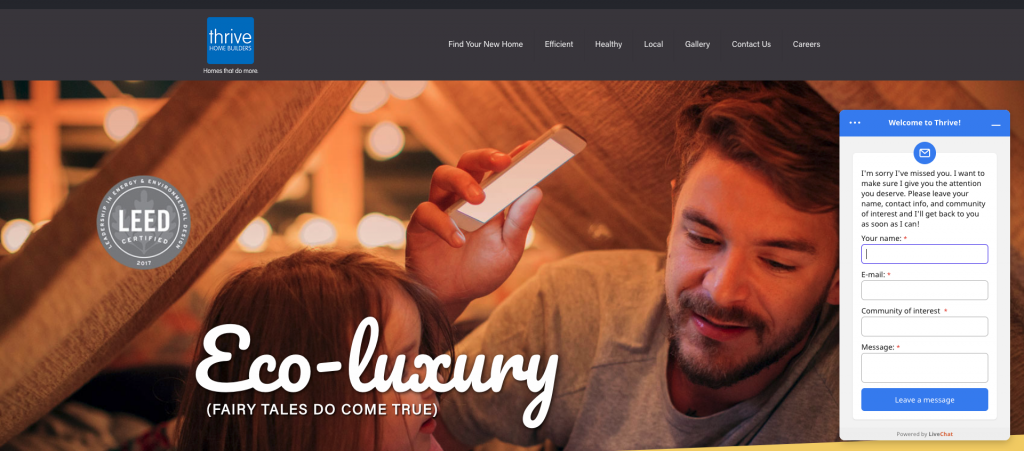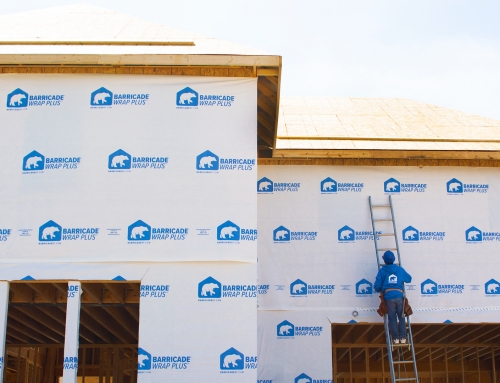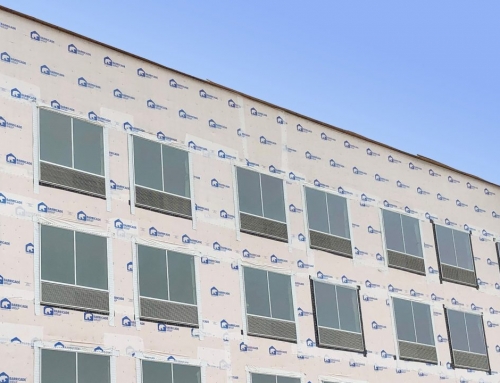The online world is constantly changing and evolving, and marketers constantly adapt to new situations and learn new strategies to cope with challenges. With 2020 around the corner, there are major digital marketing trends that all home builders will need to brush up on in order to stay competitive and keep consumers engaged.
1. Artificial Intelligence / Chatbots
You may have noticed the chatbots, or live chat, on company websites. With an automated chatbot, consumers who visit your website have a convenient place where they can get immediate help with their questions and needs for customer service. Chatbots work with artificial intelligence that is capable of tasks like answering consumers’ simple questions and processing payments. For more complicated questions or needs, you can always follow up with customers later via email or phone.
Chatbots make the customer’s experience more engaging than a boring contact form. It also makes their experience more personal and immediate. You can set the chatbot to send customers messages on your webpage like, “Hello! If you would like to learn more about our available homes, please let me know!” or “Hey there! How may I help you today?”
The example in the image below from Thrive Home Builders shows a chatbot installed on the company’s webpage with LiveChat. Customers can respond by typing their questions in the text box.

Photo Source: https://www.thrivehomebuilders.com/
Facebook Messenger is now a common way for companies to communicate with potential clients via chatbots in an app or directly on a company’s Facebook page. In another example from Thrive Home Builders, the image below shows the Facebook Messenger chatbot on the company’s Facebook business page. The chatbot provides options for questions to ask, and Facebook also shows the company’s average response time.

Photo Source: https://www.facebook.com/ThriveHomeBuilders
2. Sponsored Facebook Posts
According to Facebook, one in three people on the social media platform use it to find recommendations and reviews. You simply can’t afford to not keep up with the latest social media strategies. Stand out from other companies on Facebook by using Sponsored Facebook posts.
Homebuilders should consider using sponsored posts, or “boosting” posts, to extend the reach of a post to a larger audience. With a regular Facebook post, you may only receive a few likes or comments from your followers. However, with a sponsored Facebook post, you can choose an audience to target (or an automatic audience), a call-to-action, the duration of the boost, and the budget. You can also use conversion tracking on the post, so you can evaluate the results and the engagement the post receives.
Sponsored Facebook posts look like an organic Facebook post, but the word “Sponsored” appears under the name of the company’s business page (see the example below). You can create a new post and boost it, or you can choose to boost an older post. It’s a good idea to boost a previous post that your audience has already engaged with.
3. Video Marketing
Moving into 2020, video marketing will remain as important as ever. Video content is more engaging than textual content. Furthermore, visual marketing is the perfect way to display your work to potential clients.
Ideas for videos for marketing homebuilders online may include:
- Slideshows of home projects
- Home Walkthroughs
- FAQs
- Get to Know the Builders/Team
- Trends in Home Building or Home Improvement
- Different Home Themes (Kitchen, Bathroom, Exteriors, Interiors, etc.)
- Why Build a Custom Home?
- Facebook Live Videos
- Trade Show Coverage
Alair Homes posts videos on their Facebook page. These feature in-progress videos of specific home building projects, coverage of trade shows, etc.
4. Personalization
Personalization is the future of digital marketing. General messaging that suits a wide audience is no longer enough to cut it. Marketers are now using segmentation and personalized, custom messaging to make an impact with today’s digital consumers.
For example, Coca Cola executed a personalized multi-national marketing campaign called Share a Coke. The company printed personalized soda bottle labels that featured hundreds of names, nicknames, and terms of endearment that excited and connected with Coca Cola customers.
Builders can now easily personalize online marketing communication like emails, ads, landing pages, and social media for specific types of consumers. For example, differentiate consumers by demographics, interests, behavioral patterns, etc. With personalization, your tailored messaging will resonate more with consumers and what interests them in comparison with general content that doesn’t personally apply to them or their needs. See examples of different types of personalization below:
- Email marketing triggered by behaviors like abandoning a shopping cart, browsing specific products/services, or downloading a catalog
- Personalizing emails for different segments of potential customers
- Retargeting website visitors with ads that show products/services they have recently viewed on your website
- Replying to your audience on social media by responding to comments and sharing user-generated content
- Using geo-location to target audiences to your location
5. Omni-Channel Marketing
You may be familiar with multichannel marketing, but in the modern digital world, you’ll also have to strategize effective omnichannel marketing. Omnichannel marketing involves creating a consistent customer experience between different channels on which consumers research companies and interact with companies.
Digital consumers are constantly moving between channels. In fact, some consumers will use different channels simultaneously, such as switching between desktop and mobile versions of websites. The key is to provide a consistent experience that will meet the expectations and needs of your audience.
As an example, Starbucks demonstrates effective omnichannel marketing as described by Twine Social. Starbucks provides a helpful and enjoyable customer experience at its coffee shops, on its website, and on its mobile app. Customers using the mobile Starbucks app can view the menu, place an order ahead of time to bypass the line, customize their drinks, and can even look up what song is playing at a Starbucks location. Customers shopping in-person or online rack up reward points that are automatically updated across all channels.
In 2020, homebuilders will have to provide consistent messaging, design, and personalized content that is focused on the consumer across all channels. Channels you’ll have to juggle will include your physical location, your social media platforms, your website and your mobile website, phone, email, and physical or digital catalogs.
Like with any new trend in marketing, you and your team will have to brush up on your skills and adapt to the evolving digital world. As you practice meeting new challenges and as you implement new digital marketing strategies, be sure to evaluate your efforts and continually track your progress.






